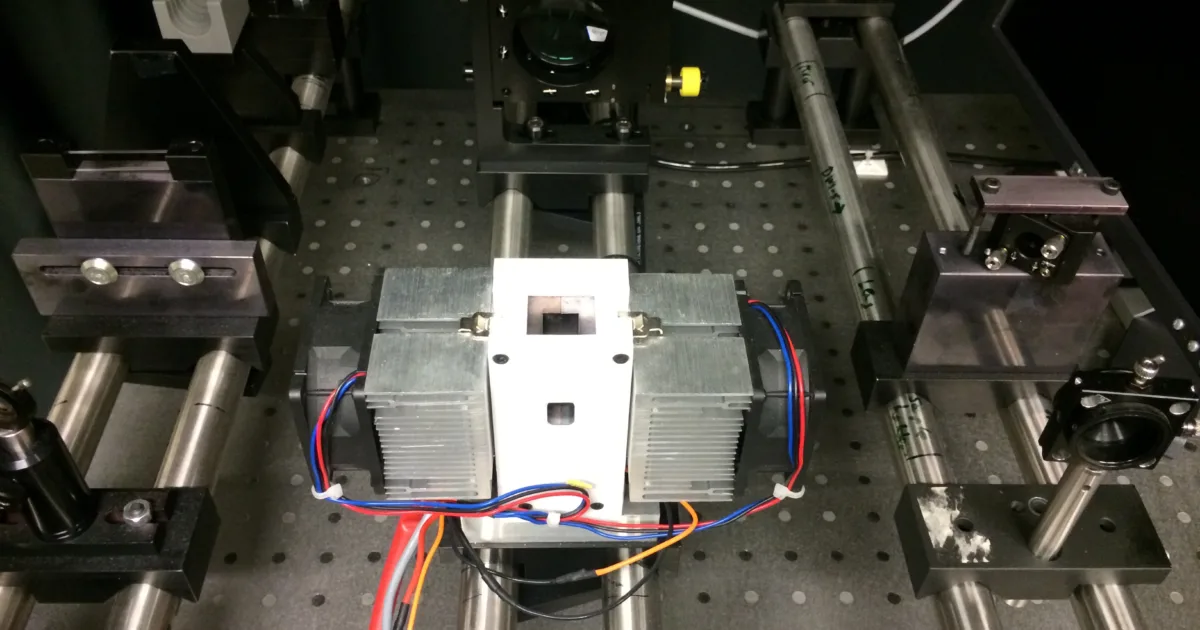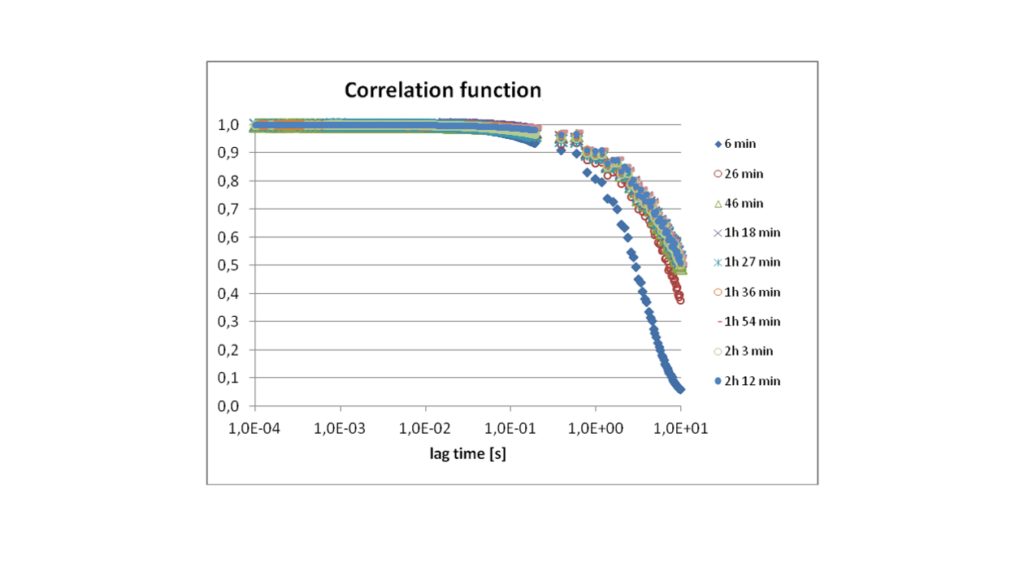Light scattering techniques of various kinds are a must-have in a colloidal tool box.
Light interacts with matter and reveals through the scattered intensity in different angles information about both structure and dynamics of the material studied. Frequently asked questions are: How large are the particles? Do the particles aggregate? What is the molecular weight of the polymer and how broad is the size distribution?
With DWS, diffusion wave spectroscopy, it is also possible to study network arrangements. With very defined systems that could be used to provide rheological data. In less defined systems the G’ and G” is not possible to retrieve but the comparable elasticities and network-related information can be very valuable still.
One of the benefits with DWS is that turbidity no longer is a problem, it is used. thus, it is possible to study kinetic changes such as gelling of food products.
We’ve used DWS to probe the “gelling” or structural character of plant based food.
We have also used DWS for a project where classic rheology wasn’t possible due to how easily the network was broken during handling. With DWS we could not only study the rheological character without disturbing the sample through shear, we could even follow the restructuring, healing, process after the necessary handling when adding the material to the cuvette.
The correlation function changes over time for a sensitive suspension with high solid content. It is clear that the sample has a network structure that builds over time. This can be used to make a macro-rheological study more reliable.




